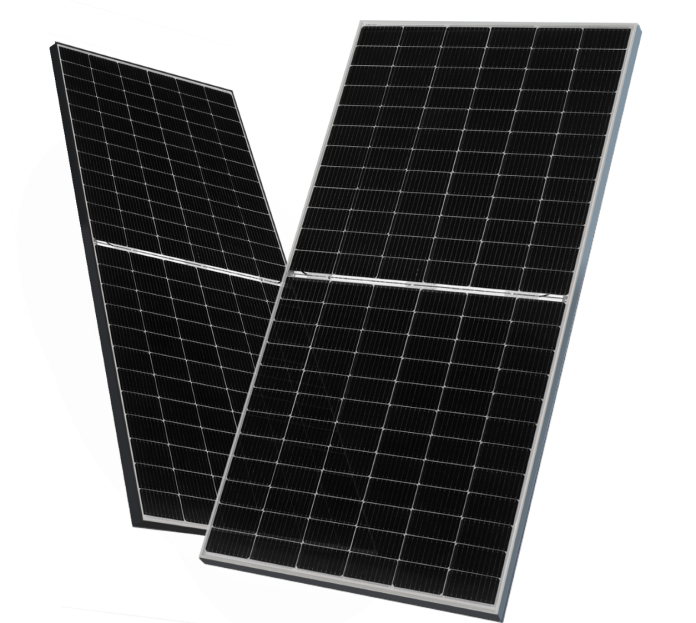Mr Saady, JinkoSolar has been among the first big manufacturers betting on the TOPCon technology. Do you believe TOPCon products have now reached full commercial maturity in all markets?
TOPCon modules have been available commercially for [a] few years and the main obstacle was the higher prices associated with them. The price difference between the mainstream, P-type PERC products and n-type TOPCon panels used to reach 30% but now, with the current optimization of production technologies, JinkoSolar was able to solve many issues in producing TOPCon cells, especially the round-around poly, which enabled us to easily switch our current PERC production lines into TOPCon.
In an upcoming webinar, we will discuss, among other things, the potential of TOPCon modules for the Middle East and North Africa (MENA) region. Why should this large and geographically diverse region be considered an ideal market for products with higher efficiencies?
TOPCon cell efficiency is approximately 1% higher than PERC cells but, as the PERC is reaching its theoretical efficiency, TOPCon still has very big potential for improvement. Having higher-efficiency modules is recommended in every project and for any application, in MENA’s case it’s a critical requirement, it leads to improved generation and reduced balance-of-system (BOS) and logistics costs, and with the current supply chain conditions, it’s a necessity to have high-efficiency modules.
What kind of technical issues may potentially arise for TOPCon modules in markets characterized by high temperatures and difficult environmental conditions?
The MENA region has huge potential when it comes to solar energy. It’s exposed to high solar irradiance but at the same time it is exposed to harsh weather conditions. It has high temperatures and humidity, especially during the summer months. For these reasons, we believe the n-type TOPCon modules will show extraordinary performance in these harsh weather conditions, compared to cold regions, because these panels have an excellent temperature coefficient which is more than 15% better than the mainstream temperature coefficient for p-type PERC, as well as an improved low-light performance, and optimized bi-facility factor. All these factors will contribute to excellent performance in [the] MENA region.
How would you judge the current trade-off between efficiency and price in TOPCOn products in general, and in projects developed in the MENA region?
We are in close contact with the key developers in the region, where there is a pipeline of more than 15GW of projects in the next 2-3 years, and we have started to see that the n-type TOPCon is the preferred option by developers as the price gap between p-type PERC and n-type TOPCon can be repaid by higher efficiency, a better warranty and superior technical specs.
Are you seeing strong demand for TOPCon panels in the region? Could these products be able to outcompete PERC panels in the future?
Yes, we [have] started to see increasing demand and many of our partners have already placed orders. The TOPCon is available in different cell sizes, starting from 54 cells with a power output of 410Wp up to 78 cells with a power output exceeding 600Wp. It can be used for both utility and DG applications and we expect the demand to grow further this year and next year. We have already allocated 10GW of production capacity for n-type TOPCon modules, which is around 25% from JinkoSolar’s total capacity for 2022, and we believe next year the demand will grow higher and we may add another 10GW. We think,in three years, the demand for TOPCon panels will exceed that for PERC products.






